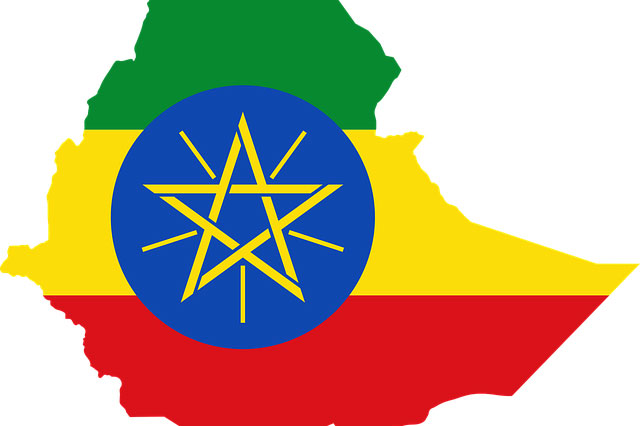The Ethiopian government on Saturday dismissed warnings by the Tigray authorities that the war-ravaged region was on the brink of famine.
Getachew Reda, the president of Tigray’s interim administration, said on Friday that 91 percent of the population was “exposed to the risk of starvation and death”.
He likened the situation to the devastating famine in northern Ethiopia in the 1980s that cost the lives of around one million people.
But federal government spokesman Legesse Tulu on Saturday denied the claims, while acknowledging that several million people in northern Ethiopia have been affected by drought as well as flooding.
“Recently, a statement that in the Tigray region the crisis is transitioning to a famine and drought that rivals the 1984-85 famine and drought is completely wrong,” Legesse said at a televised press briefing in Addis Ababa.
However, he said that in several areas of Tigray as well as the neighbouring regions of Amhara and Afar, 3.8 million people “have encountered drought risk”.
Another 1.1 million people have been affected by flooding, he said, adding that the federal government had been providing aid to those in need.
Getachew had said in a statement on X, formerly Twitter, that Tigray faced a “looming humanitarian catastrophe” because of drought and the lingering effects of the war.
The conflict between federal government forces and Tigrayan rebels that erupted in November 2020 killed hundreds of thousands of people by some estimates, and around one million people remain displaced.
Getachew said the Tigray authorities had declared a disaster emergency in areas under its control but had limited resources to handle the crisis and called on the Ethiopian government and the international community to intervene.
US agency USAID and the UN’s World Food Programme halted all food aid to Ethiopia in June, alleging a “widespread and coordinated” campaign to divert donated supplies, but deliveries are slowly resuming.
Getachew was the public face of the rebels during the war and is now head of the interim regional authority set up following the November 2022 peace deal signed in the South African capital Pretoria.
The situation on the ground in northern Ethiopia cannot be independently verified as media access is restricted by the federal government.
Follow African Insider on Facebook, Twitter and Instagram
Source: AFP
Picture: Pixabay
For more African news, visit Africaninsider.com


